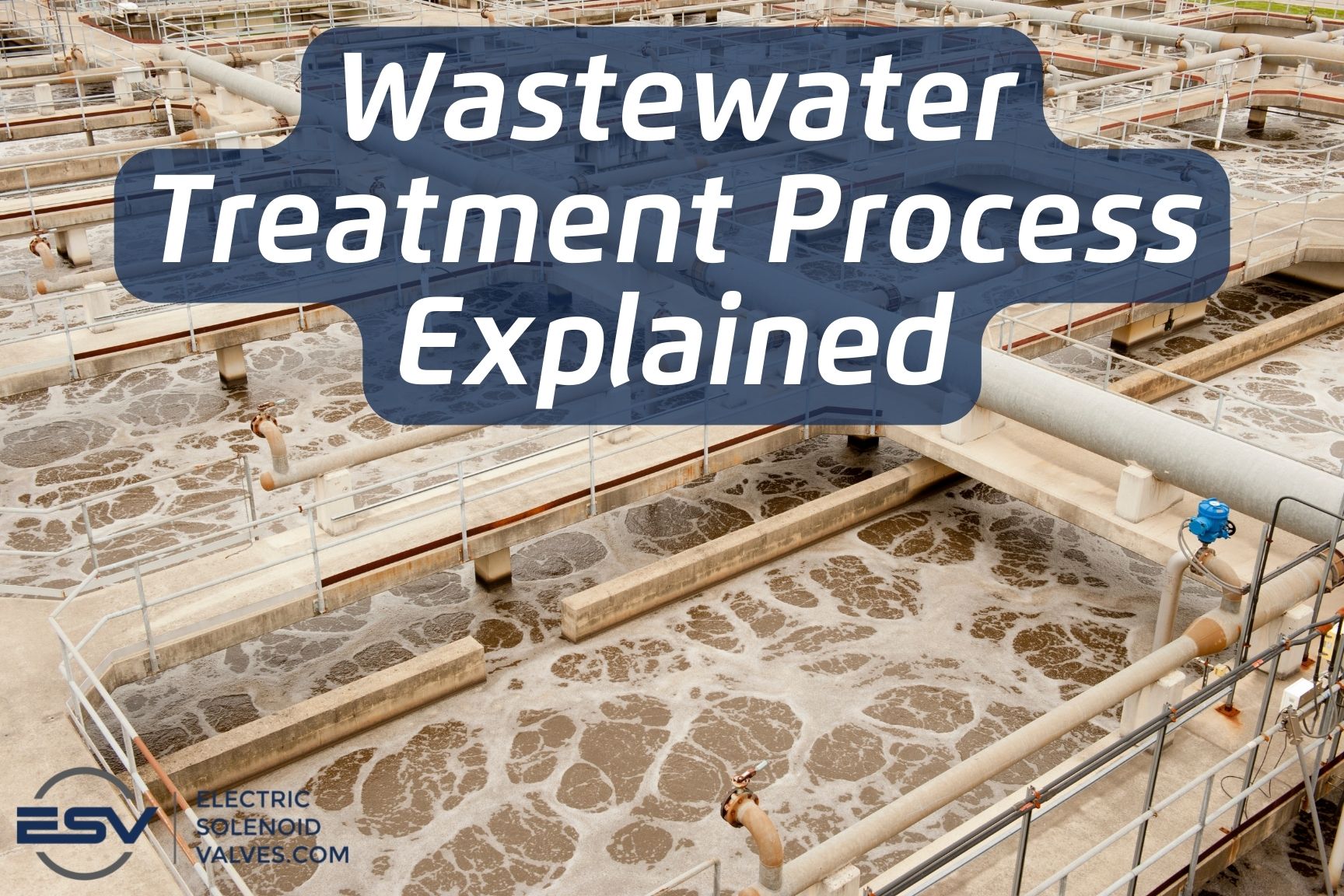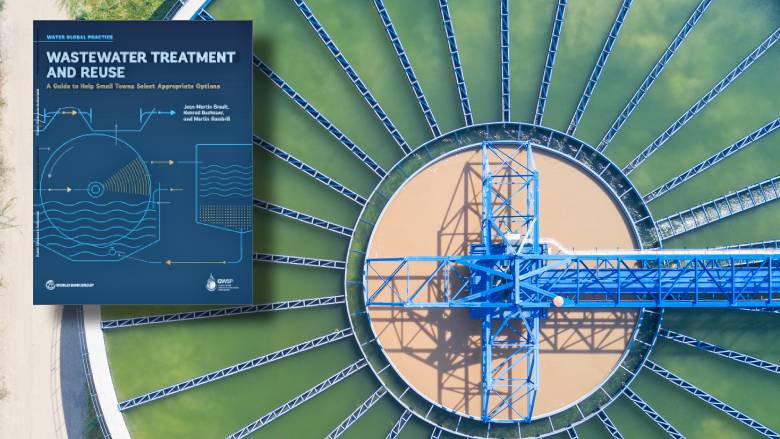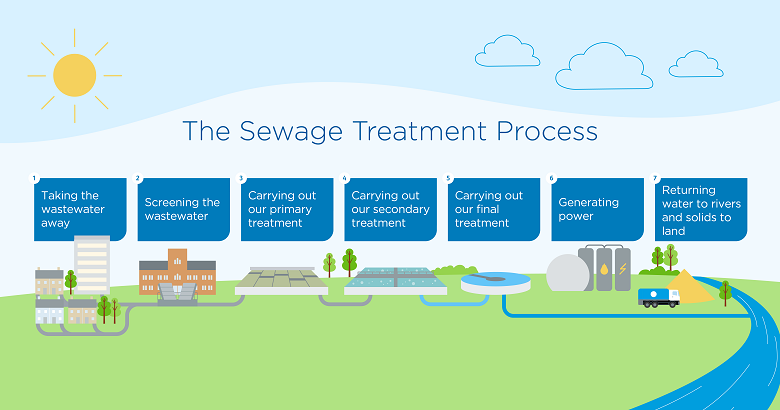Cost-Effective Solutions for Large-Scale Waste Water Treatment Facilities
Cost-Effective Solutions for Large-Scale Waste Water Treatment Facilities
Blog Article
Strategic Approaches to Boost Drainage Therapy Performance and Minimize Ecological Effect
In the world of drainage therapy, the quest for enhanced effectiveness and reduced ecological impact is a continuous difficulty that demands calculated remedies. As society comes to grips with the important to handle water resources sustainably, a nuanced approach comes to be vital. The integration of advanced therapy modern technologies, energy-efficient procedures, resource recovery methods, improved nutrient removal techniques, and clever monitoring and control systems stands for a complex structure for resolving these pushing problems. What exists at the core of this complex web of methods is the possible to change the way we approach waste water therapy, not just as a process of disposal, however as a valuable chance for advancement and ecological stewardship.
Advanced Therapy Technologies
Sophisticated membrane layer filtering systems have actually reinvented advanced wastewater therapy processes, considerably enhancing the elimination of contaminants. These innovative systems operate forcibly water via a semi-permeable membrane layer, successfully separating pollutants from the water stream. The membrane's tiny pores trap pollutants such as microorganisms, infections, and put on hold solids, enabling just cleansed water to travel through. This innovation has shown to be extremely effective in eliminating a vast array of impurities, consisting of drugs, hefty steels, and organic compounds, which are often testing to eliminate through traditional treatment approaches.
Moreover, membrane layer filtering systems offer various advantages over conventional treatment techniques. In addition, these systems are extremely versatile and can be conveniently integrated into existing treatment plants or used as standalone units for decentralized applications.
Energy-Efficient Procedures
The integration of energy-efficient processes in wastewater therapy systems is critical for maximizing source application and reducing functional expenses. By carrying out energy-efficient technologies, therapy plants can significantly decrease their carbon impact and total ecological effect. One key strategy to enhancing power performance in wastewater therapy is the use of advanced oygenation systems, such as great bubble diffusers or surface aerators, which can enhance oxygen transfer effectiveness and minimize energy consumption. In addition, including power healing systems, like anaerobic food digestion for biogas production or making use of excess warmth for thermal processes, can assist balance out energy needs and promote sustainability.
In addition, enhancing procedure control and automation with the use of innovative sensors and keeping an eye on systems can improve total energy performance by readjusting operations in real-time based upon real demand and conditions. Applying energy audits and frequently checking power efficiency signs are crucial techniques to determine areas for improvement and track energy-saving campaigns successfully. On the whole, the adoption of energy-efficient procedures in wastewater therapy not just benefits the atmosphere yet additionally adds to long-term price savings and functional sustainability.
Source Recovery Methods
With an emphasis on enhancing resource use and sustainability in wastewater treatment systems, the implementation of source recovery techniques becomes an essential element in boosting functional efficiency. Resource recovery strategies in wastewater therapy include the identification and extraction of beneficial sources from the waste stream, thus transforming what was when considered waste right into a valuable asset. By executing source recuperation strategies such as nutrient removal and recovery, energy generation from organic matter, and the manufacturing of recyclable water, wastewater therapy plants can reduce environmental influence while maximizing efficiency.

Boosted Nutrient Elimination Strategies
Implementing sophisticated nutrient removal methods is important for maximizing the performance of wastewater therapy systems. One of the key strategies utilized for enhanced nutrient removal is the procedure of organic nutrient removal (BNR), which includes the removal of nitrogen and phosphorus through biological processes.

In enhancement to BNR, progressed therapy methods such as membrane bioreactors (MBRs) and built marshes can also be used to enhance nutrient elimination efficiency. By including these sophisticated nutrient elimination techniques right into wastewater treatment systems, markets and municipalities can successfully click over here now minimize nutrient contamination and secure the setting.
Smart Surveillance and Control Equipment
Making use of cutting-edge modern technology, the combination of clever tracking and control systems revolutionizes the operational efficiency of wastewater therapy centers. These systems incorporate sophisticated sensing units and data analytics to continually check vital specifications such as pH levels, turbidity, dissolved oxygen, and circulation rates in real-time. By gathering and analyzing this data, operators can acquire important understandings into the performance of the treatment procedures, making it possible for aggressive adjustments to enhance treatment effectiveness.
Smart monitoring and control systems additionally sustain remote surveillance capacities, allowing operators to access real-time information and control features from off-site places. This remote availability enhances functional flexibility and responsiveness, enabling swift interventions in case of system breakdowns or changes in influent quality. Moreover, the anticipating maintenance capacities of these systems help protect against devices failings and reduce downtime, eventually improving the general reliability of wastewater treatment operations (Waste Water Treatment).
Final Thought
Finally, critical methods such as advanced treatment innovations, energy-efficient procedures, source recovery strategies, improved nutrient elimination strategies, and wise monitoring and control systems play a crucial function in enhancing wastewater treatment effectiveness and lessening environmental influence. By carrying out these methods, wastewater treatment plants can boost their general performance, minimize power usage, recoup beneficial sources, and ensure conformity with environmental guidelines. These methods are essential for reliable and sustainable wastewater management methods.

In verdict, tactical techniques such as advanced therapy modern technologies, energy-efficient procedures, resource recuperation methods, boosted nutrient elimination methods, and smart surveillance and control systems play a crucial role in boosting wastewater therapy efficiency and lessening ecological impact.
Report this page